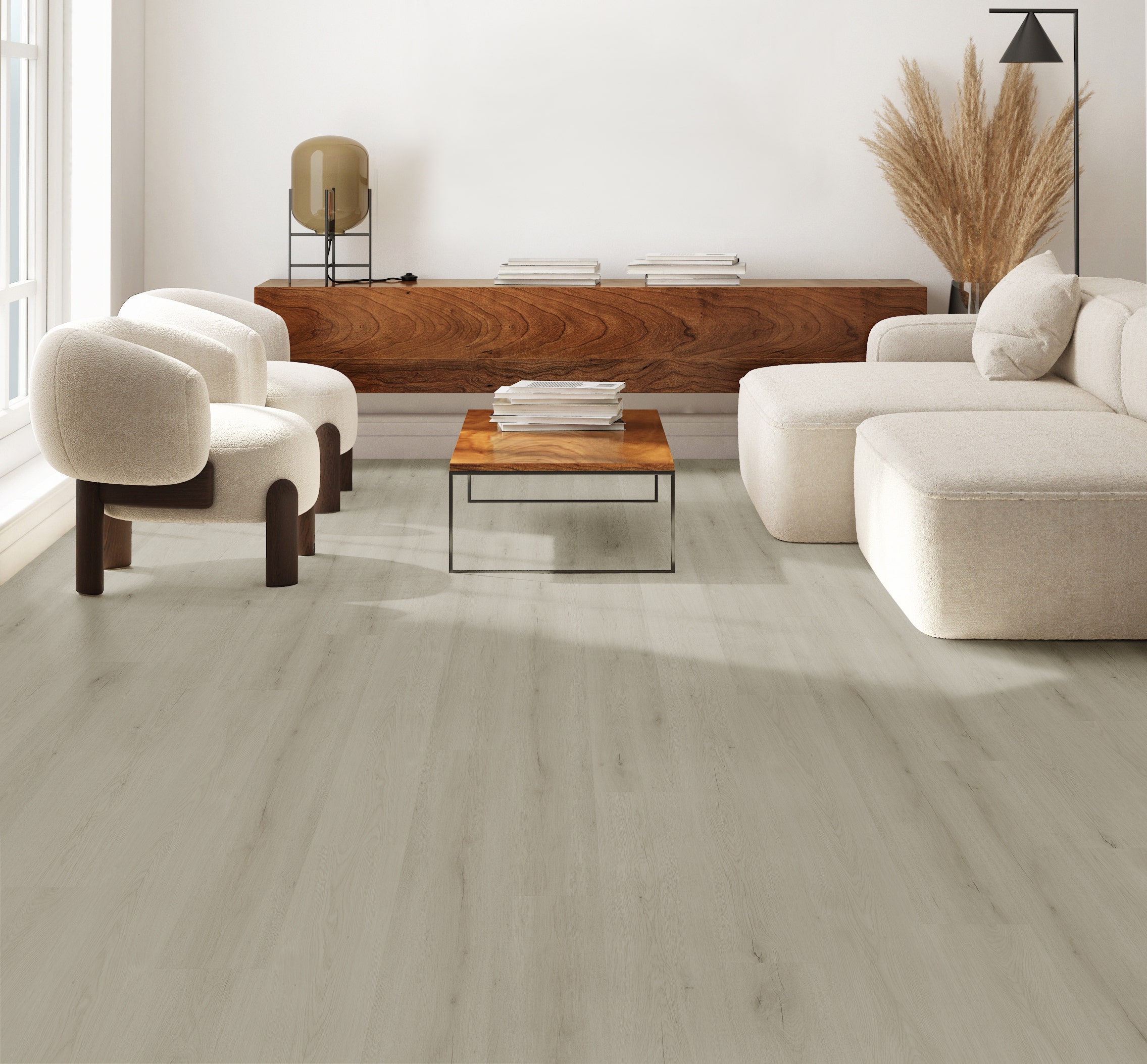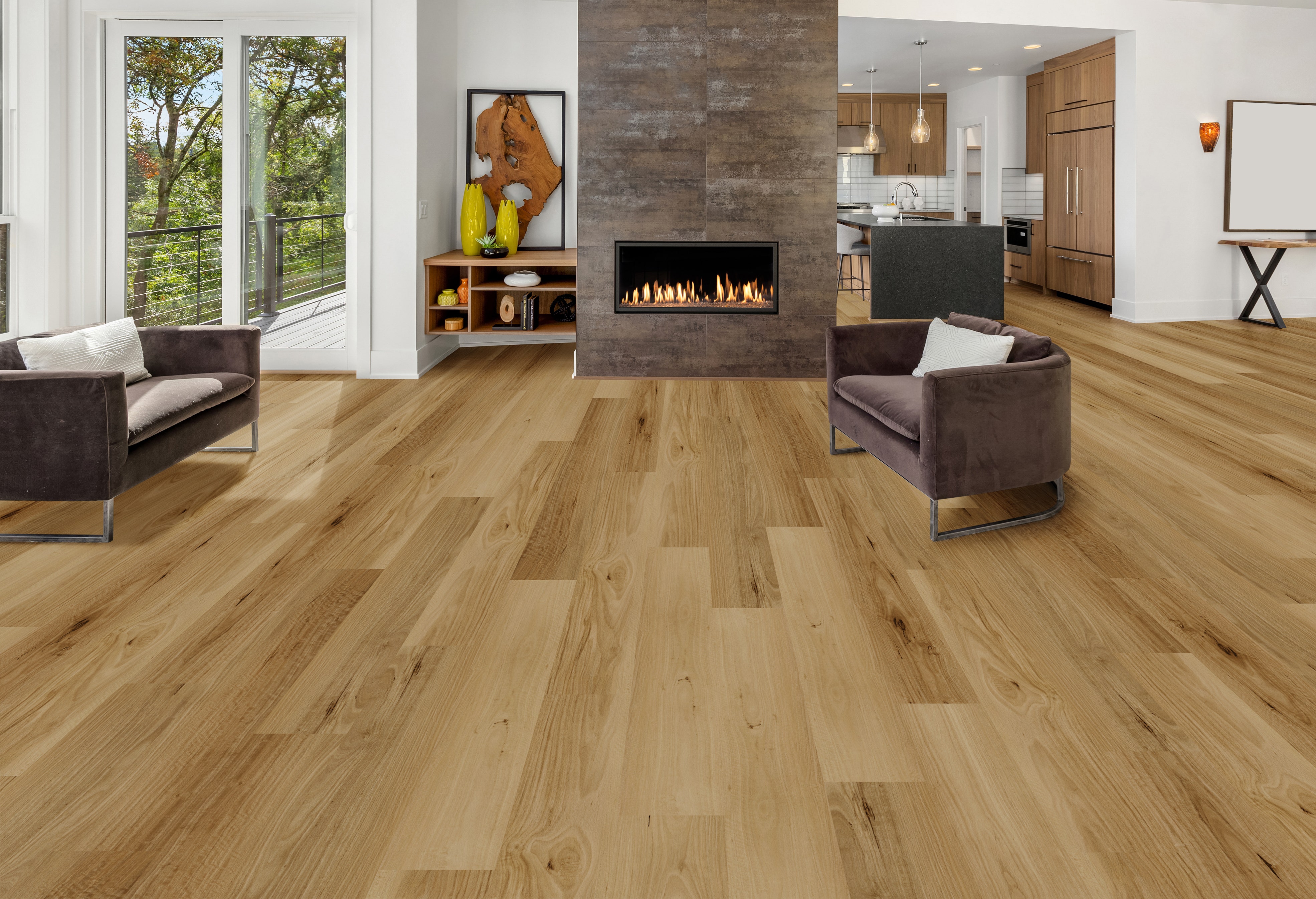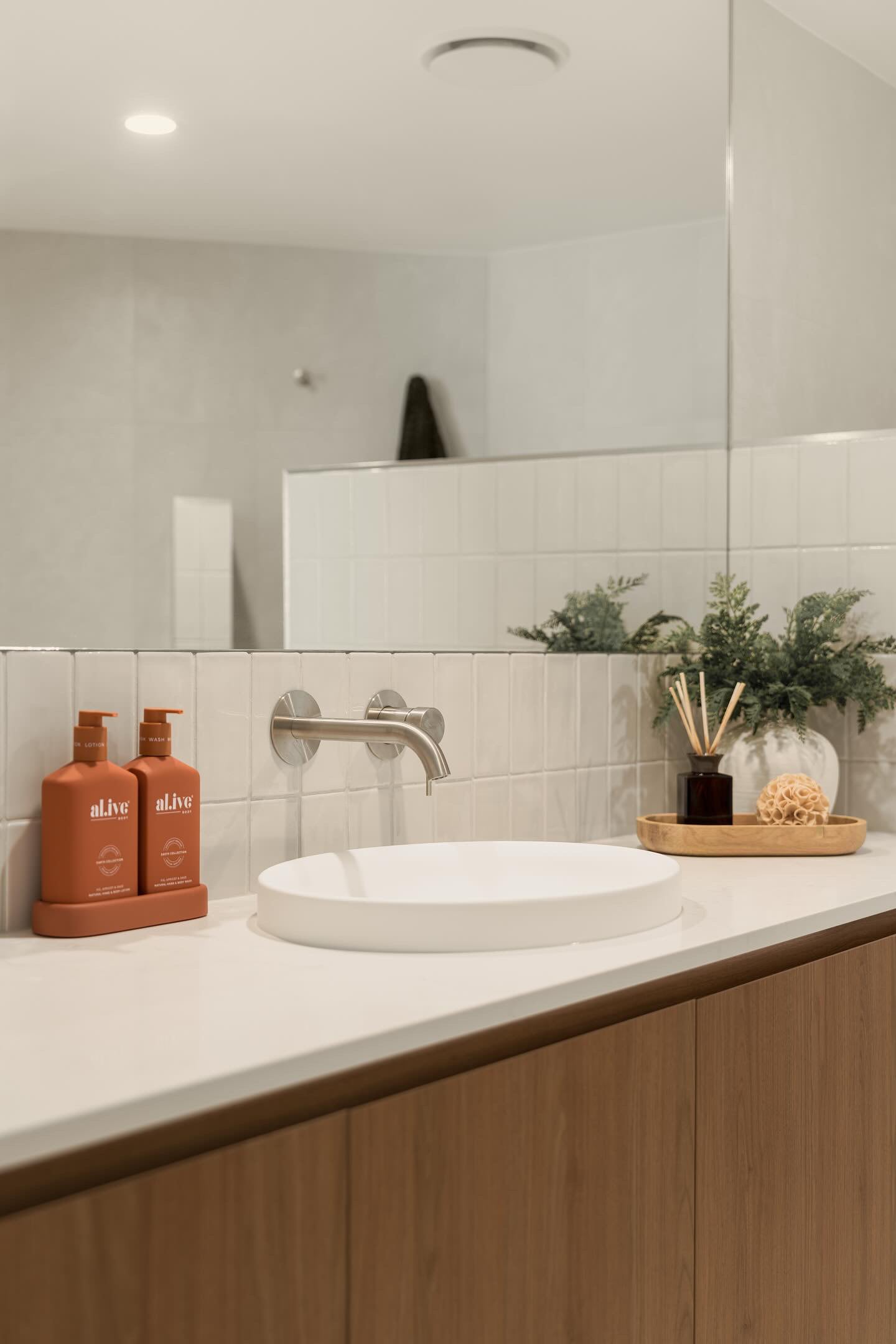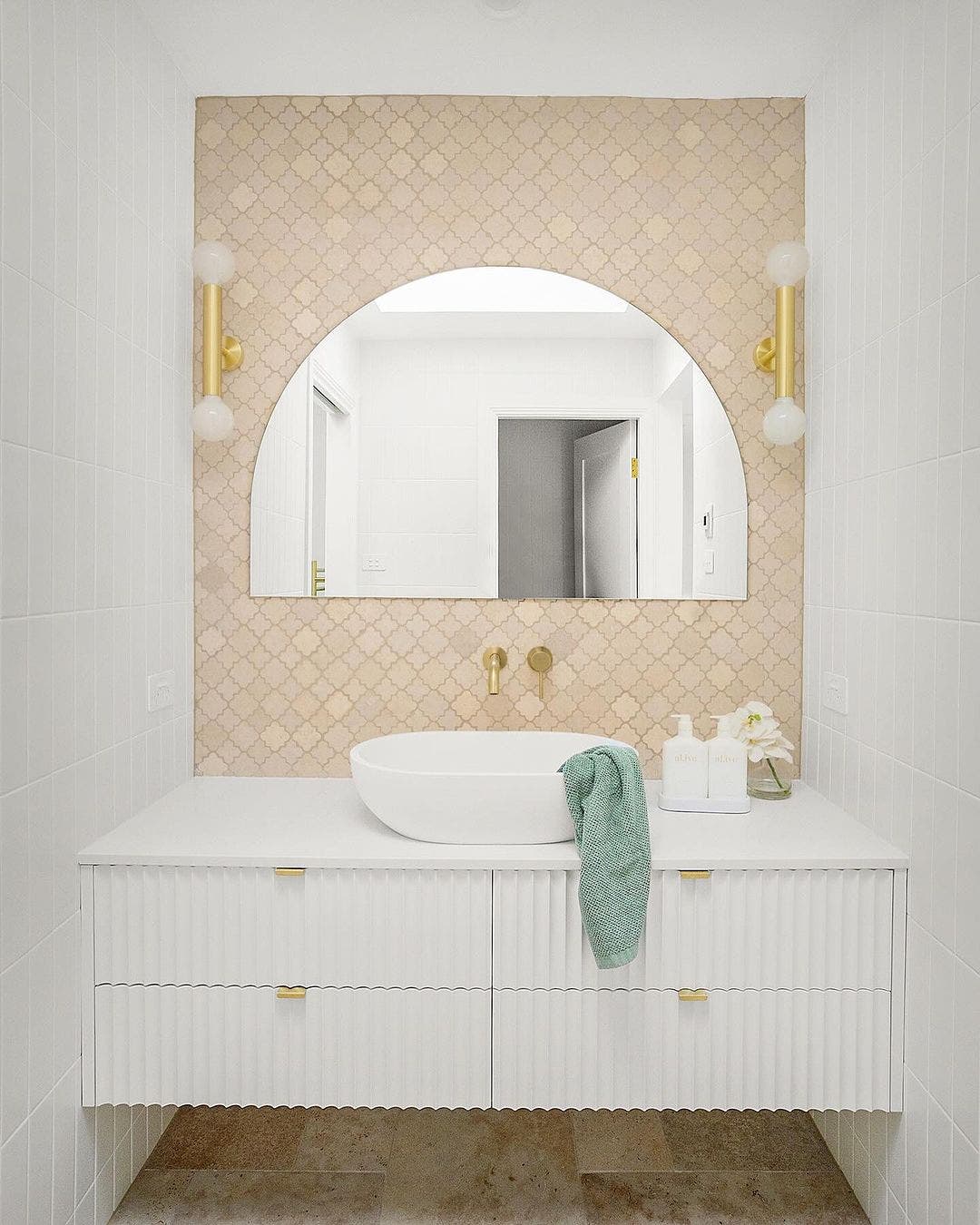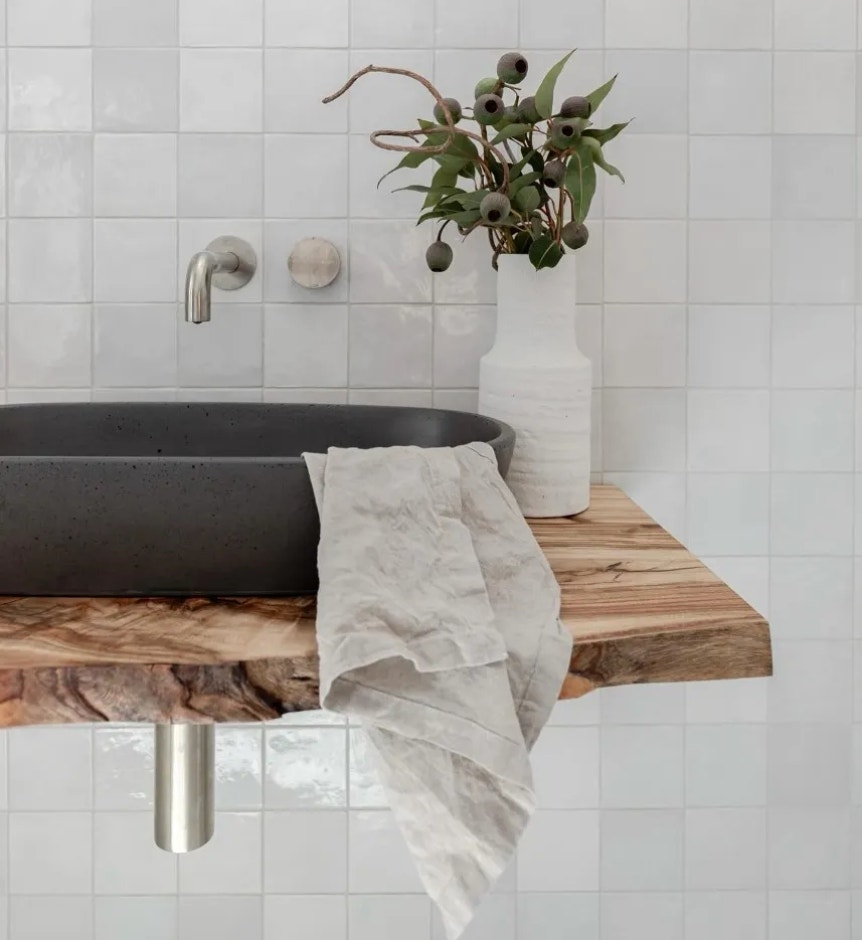
Tile Adhesive
Tile Adhesive
Shop All Tile Adhsive
Tile adhesive is a powerful bonding agent that allows you to achieve seamless, professional-looking results for every tiling project. Say goodbye to the frustration of tiles slipping or cracking, and say hello to a smooth, long-lasting tiling finish.
IMAGE
IMAGE
What Is Tile Adhesive?
Tile adhesive is a bonding agent that secures tiles onto a surface and ensures they stay in place. Tile adhesive bonds tiles to various substrates, such as concrete, wood, or plaster.
Common tile adhesives include
Cement-based
Epoxy
Pre-mixed
Organic mastic
Resin-based
Before using tile adhesive, prepare the surface you’re tiling by cleaning it thoroughly. Apply a tile primer for added adhesion, and leave it to dry for 30-60 minutes.
For adhesives that require mixing, mix according to the manufacturer's instructions and spread the adhesive evenly over the surface using a notched trowel.
Place the tiles onto the surface, pressing them firmly into the adhesive. Work quickly and carefully, as the adhesive will start to dry and form a strong bond in just a few minutes.
Depending on your specific project, you may need to use additional chemicals. If you're tiling a wet area like a shower or a pool, a waterproofing membrane is recommended to prevent moisture from penetrating the substrate.
Using tile adhesive and other tiling products correctly will produce a durable, professional-looking tiling finish.
TEXT
Tile Adhesive FAQs
What Is Wall Tile Adhesive Used For?
Wall tile adhesive bonds tiles onto vertical surfaces. It provides a strong, long-lasting bond that can withstand the weight of the tiles as well as any stress caused by movement or changes in temperature.
Wall tile adhesive is suitable for ceramic, porcelain, glass, and natural stone wall tiles.
How Long Does Tile Adhesive Take To Dry?
The drying time of tile adhesive varies depending on
- Adhesive type
- Environment temperature and humidity
- Substrate
- Tile material
Generally, tile adhesive takes 24 to 48 hours to dry.
It's important to follow the manufacturer's instructions and allow sufficient time for the adhesive to dry before grouting or putting any weight on your tiles.
How Much Tile Adhesive Do I Need?
The amount of tile adhesive you need depends on the size and type of tile, the size of your trowel, and the condition of the surface you’re tiling.
Tile adhesive packaging typically lists the coverage area, but you can expect to use around three kilograms of adhesive per metre squared. So a 20kg bag of tile adhesive would cover approximately five to seven square metres.
How Thick Should Tile Adhesives Be?
The thickness of a tile adhesive mixture varies depending on the adhesive. Generally, cement-based tile adhesives should have a thick, paste-like consistency, while epoxy and pre-mixed adhesives have a thinner, more liquid consistency.
When applying tile adhesive to the substrate (the surface you're tiling) with a trowel, you can control the thickness of the adhesive depending on your trowel size and the angle you hold it.
For thinner consistency adhesives, aim for around three-millimetre thickness. For thicker consistency adhesives, aim for six to ten-millimetre thickness.
What Adhesive Sticks to Ceramic Tiles?
Ceramic tiles can bond to substrates using various tile adhesives; however, organic mastic and thin-set mortar are the most suitable and commonly used.
Organic mastic is a pre-mixed adhesive that has a sticky, paste-like consistency. It's ideal for bonding ceramic tiles to walls and other stable substrates but isn’t recommended for use with tiles exposed to moisture, as mastic can break down over time.
Thin-set mortar is a cement-based adhesive suitable for ceramic wall and floor tiles exposed to moisture. Just make sure you choose a thin-set mortar specifically designed for wet areas and follow the manufacturer's instructions for mixing and application.
Do You Want Help With Tile Adhesive?
If you're planning a tiling project and have questions about tile adhesive or any other tiling products, Amber has the answer.
Our team of experts can help you with everything from product selection to installation tips and techniques.
Contact Amber today or find your local store here.






